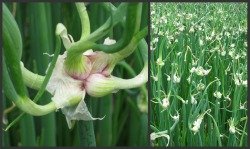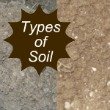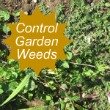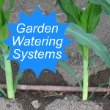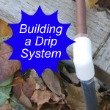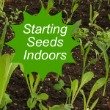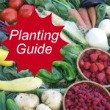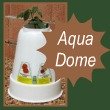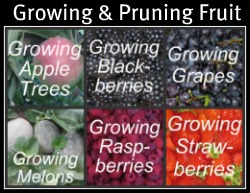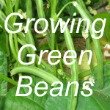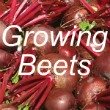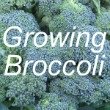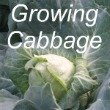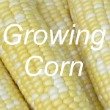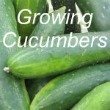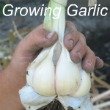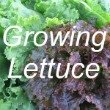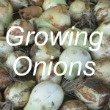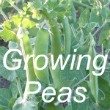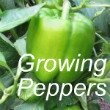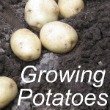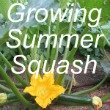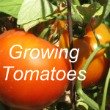There are several garden watering systems. Using the right watering system is an important part of growing a successful garden. How the water is applied to a plant makes a difference.
Water is as important to a seed or plant as it is to our bodies. If you let a seed get dry, it will not germinate. If the plant gets dry it will die.
Let’s talk about the pros and cons of these different garden watering systems:
Watering the Garden (How Much, How Often)
This is the best of the garden watering systems. The system uses a pipe that has little holes in it.
The pipe is placed down the center of the row, right up close the growing plants. The plants receive the water that comes out of the little holes.
Click here to learn how to build a
drip system.
The advantages of the drip system are:
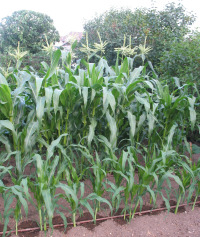
- It conserves water and only waters the ground where the plants or seeds are growing.
- It waters the growing plants and not the weeds in between the rows. This helps to reduce the weed population in the garden.
- It keeps the water off the leaves. Too much moisture on the leaves can cause fungal, mildew, and disease in many plants.
- This type of watering does not shock the plants with cold water every time they are watered. This momentary shock tends to stop the growing process temporarily. It’s kind like we feel when we jump into a cold lake.
- Once it is set up, it’s very convenient to use. All you have to do is set the timer or manually turn on the valve. Just 2 valves will control my entire garden 100’ X 50’.
- You can control each drip line with a little shut off valve if you don’t want to water a particular set of plants.
The only disadvantage to this system is the original set up cost. Once you have one of these gardening watering systems established, it lasts for years.
Back to Top
This overhead sprinkling system is the type you use in watering your lawn.
Disadvantages:
- With this garden water system, it is more difficult to control where you want the water to go.
- It’s also hard to isolate certain plants for watering.
- With plants like corn you’ll need tall risers to get up over the top of the plants.
- The foliage stays wet and causes more disease, fungal, and mildew problems. It also encourages insect infestation.
- One of the major disadvantages is that all the ground is watered. You’ll be watering the weeds that grow in between the rows and have more weed growth in your garden.
- The soil will also be more compacted because the water is falling onto the ground rather than seeping into the ground. This will diminish the oxygen supply to the roots of the plants.
I do NOT recommend this system.
Back to Top
This gardening watering system involves digging a furrow or trench the width of your shovel around the plants you want to water. The plants are up on a little bit of a mound. Fill the trench up with irrigation or hose water. The water from the furrow seeps through the soil to the roots of the plants.
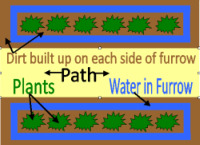
Advantages
- This system doesn’t cost much.
- The plants are watered without shocking the plants with overhead watering.
Disadvantages
- This system is more labor intensive and wastes water.
- If you use irrigation or canal water it’ll probably be full of weed seeds.
- It waters the weeds and the plants. You'll have more weeds in your garden.
- The soil in the trenches gets compacted. Less oxygen can get to the roots of the plants.
- Your ground must be level. While watering the garden you have to watch so the water does not overflow the trenches.
Back to Top
Advantages
Disadvantages
- This garden watering system is labor and time intensive. It compacts the soil and has most of the overhead sprinkling system disadvantages.
Back to Top
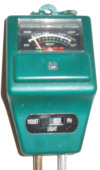
How much water do I give my garden plants? How often do I water my garden?
This will depend on several factors. If you live in an area where it rains a lot, you probably don’t need to water your garden except when you’re starting your new plants in the spring or during a dry spell.
If your weather is hot and dry, you need to use one of the garden watering systems. I have a small moisture meter that measures the dampness of the soil. This gives a good idea of how often to water.
Generally, you should water your garden every 3 days in hot, dry weather and once a week when the temperature is cooler.
In the fall of the year, after the plants have reached their full growth, you can cut back on the watering. The plants need to be moist but not soggy. When the ground is too wet, the air is pushed out of the soil and plant growth is reduced.
With a drip system, I have found that 5-6 hours each watering session gives sufficient water for good growth.
Back to Top
Return to:
Gardening Vegetables from Garden Watering Systems
Growing Fruit
Types of Soil
Garden Weeds
Like this page? Share it. Here's how...
Would you prefer to share this page with others by linking to it?
- Click on the HTML link code below.
- Copy and paste it, adding a note of your own, into your blog, a Web page, forums, a blog comment,
your Facebook account, or anywhere that someone would find this page valuable.









